Integration with IoT Technologies
The integration of fiber optic sensors with Internet of Things (IoT) technologies is emerging as a key driver for the fiber optic-sensor market in Germany. As industries increasingly adopt IoT solutions for data collection and analysis, the demand for fiber optic sensors that can seamlessly connect to these systems is on the rise. This integration allows for enhanced monitoring capabilities and improved decision-making processes. By 2025, it is estimated that the IoT-enabled fiber optic-sensor market will account for approximately 30% of the overall market share. The synergy between fiber optic sensors and IoT technologies is expected to propel the growth of the fiber optic-sensor market, fostering innovation and efficiency.
Government Initiatives and Funding
Government initiatives and funding play a pivotal role in shaping the fiber optic-sensor market in Germany. The German government has been actively promoting the adoption of advanced sensor technologies through various funding programs and incentives. These initiatives aim to enhance industrial competitiveness and support research and development in the field of fiber optics. In 2025, government funding for fiber optic technology projects is projected to exceed €200 million, providing a substantial boost to the fiber optic-sensor market. This financial support not only encourages innovation but also facilitates collaboration between academia and industry, fostering a conducive environment for the growth of fiber optic sensor technologies.
Growing Focus on Safety and Security
The fiber optic-sensor market in Germany is witnessing a growing focus on safety and security across various applications. Industries such as oil and gas, transportation, and construction are increasingly adopting fiber optic sensors to monitor critical infrastructure and detect potential hazards. These sensors provide real-time data on temperature, pressure, and strain, which is essential for preventing accidents and ensuring operational safety. In 2025, the market for safety-related fiber optic sensors is projected to reach €500 million, indicating a robust growth trajectory. The emphasis on safety and security within the fiber optic-sensor market is likely to drive innovation and the development of new sensor technologies.
Rising Demand for Precision Measurement
The fiber optic-sensor market in Germany experiences a notable surge in demand for precision measurement technologies across various sectors. Industries such as manufacturing, automotive, and aerospace increasingly rely on fiber optic sensors for their ability to provide accurate and real-time data. This trend is driven by the need for enhanced quality control and process optimization. In 2025, the market is projected to grow at a CAGR of approximately 10%, reflecting the increasing reliance on advanced measurement systems. The integration of fiber optic sensors into automated systems further enhances their appeal, as they offer superior performance in harsh environments. Consequently, the fiber optic-sensor market is poised to benefit significantly from this growing demand for precision measurement solutions.
Advancements in Telecommunications Infrastructure
Germany's fiber optic-sensor market is significantly influenced by advancements in telecommunications infrastructure. The ongoing expansion of high-speed internet and 5G networks necessitates the deployment of sophisticated monitoring systems, where fiber optic sensors play a crucial role. These sensors are essential for ensuring network reliability and performance, as they can detect faults and monitor conditions in real-time. The telecommunications sector is expected to invest over €1 billion in fiber optic technologies by 2026, further propelling the growth of the fiber optic-sensor market. As the demand for seamless connectivity increases, the integration of fiber optic sensors into telecommunications infrastructure becomes increasingly vital.

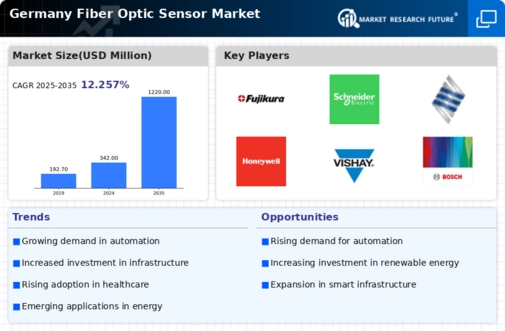
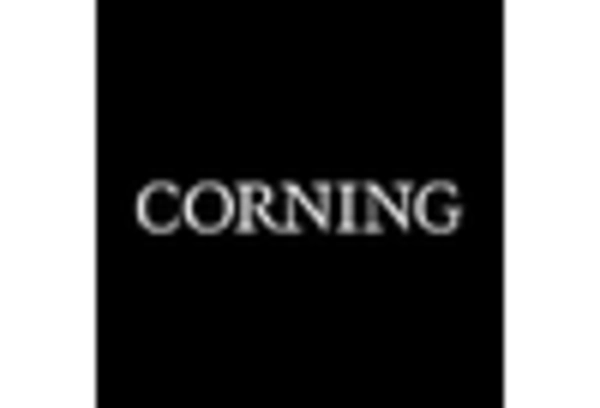
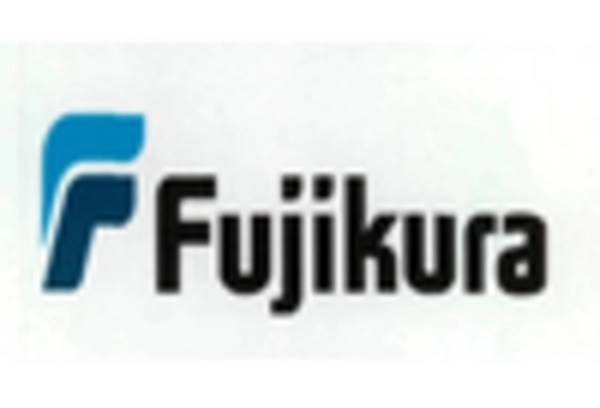
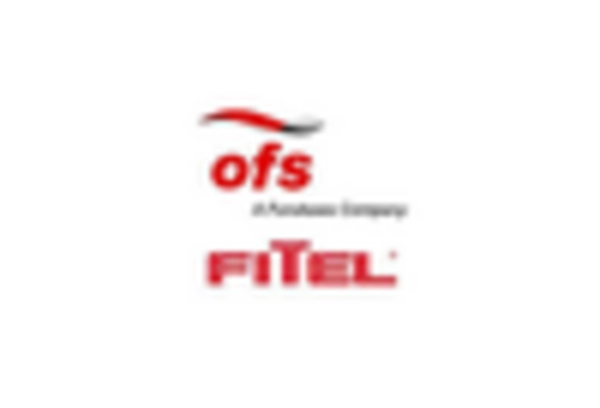
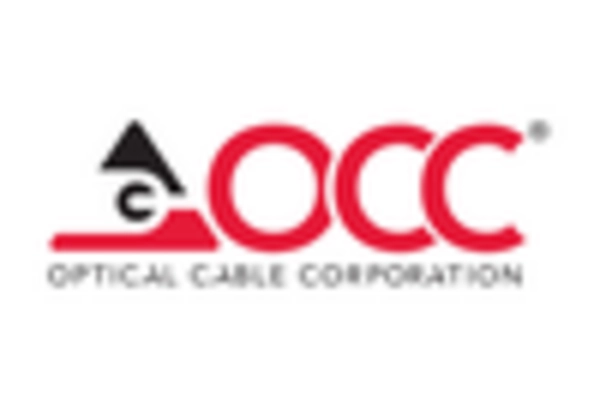
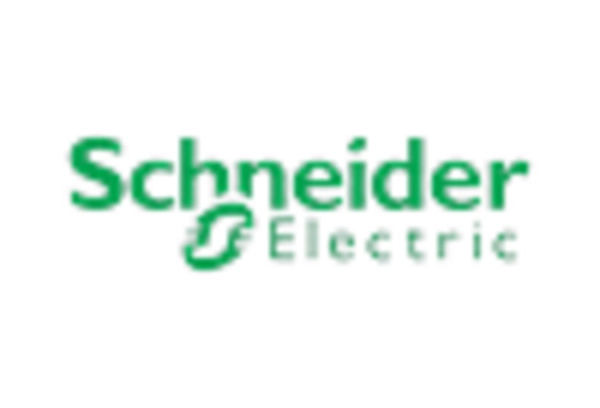









Leave a Comment